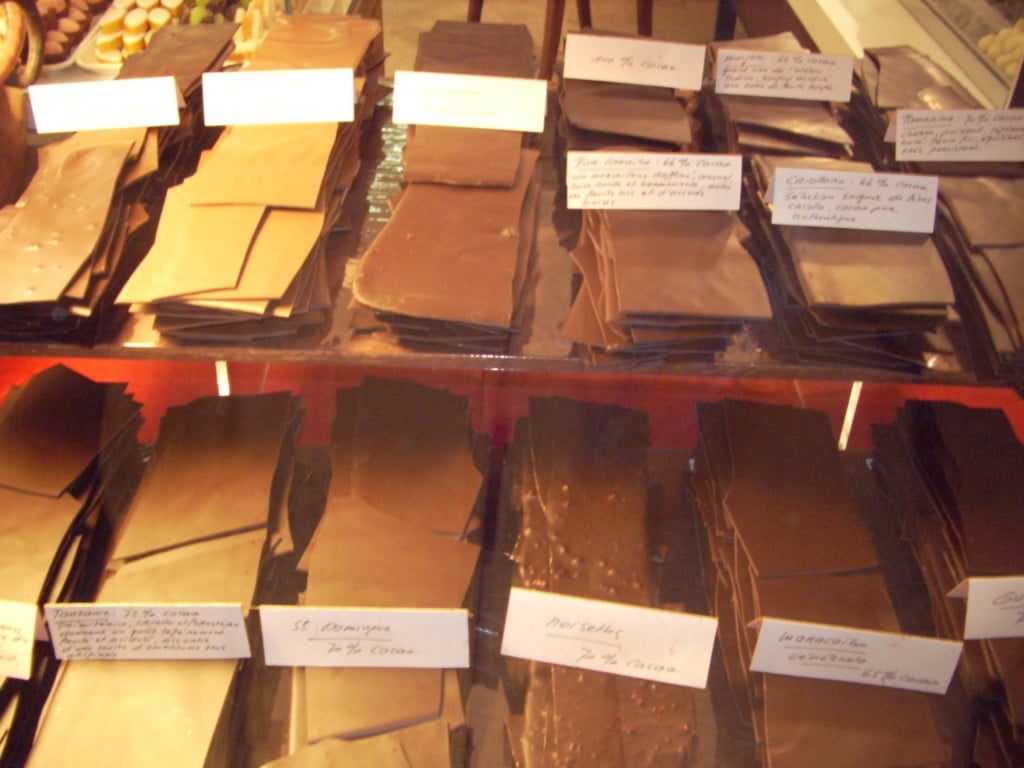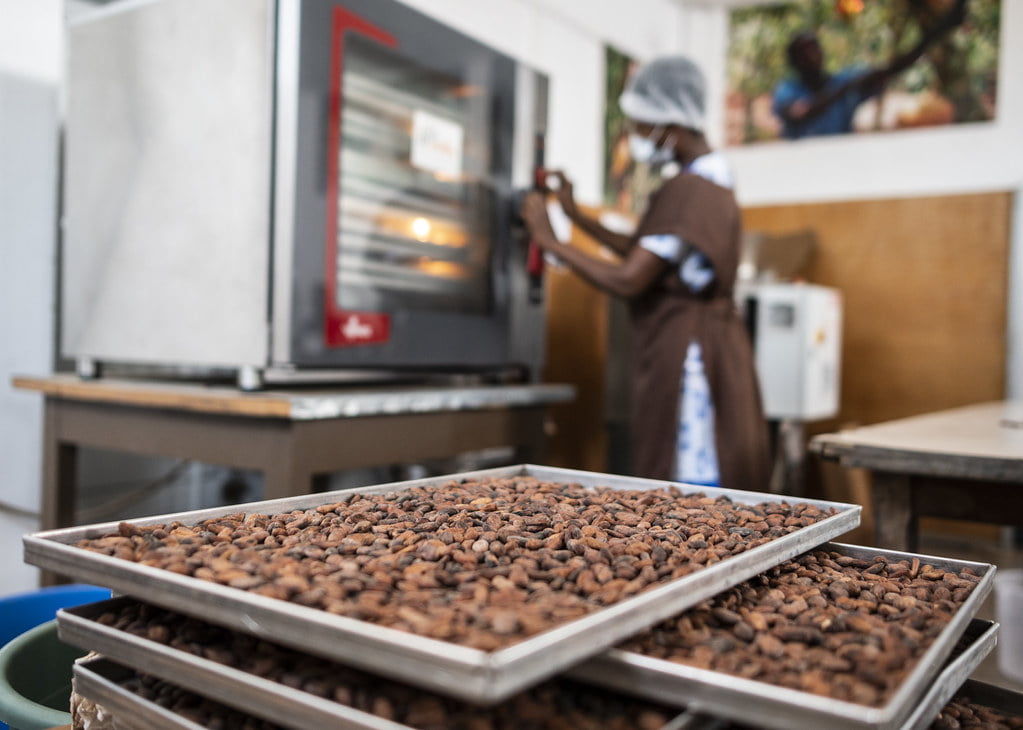ParagraphMore Styles
Artisanal chocolate making is a centuries-old craft that combines art and science to create the perfect chocolate. From selecting the finest cocoa beans to perfecting the tempering process, every step in the chocolate-making process is carefully crafted to develop high-quality artisanal chocolate. In this article, we explore the techniques and methods used by master chocolatiers to create the perfect chocolate.
Selecting the Finest Cocoa Beans
The foundation of artisanal chocolate making is the cocoa bean. Master chocolatiers select the finest cocoa beans from specific regions worldwide, such as Madagascar, Venezuela, or Ecuador, with unique flavor profiles.

Once the cocoa beans are sourced, they are inspected and sorted to remove any defective beans. The beans are then roasted to bring out the natural flavor and aroma. Roasting is a crucial step that can affect the taste of the chocolate, so it’s important to roast the beans to perfection.
Grinding and Conching
After roasting, the cocoa beans are ground into a paste, or “cocoa liquor,” and refined to create a smooth texture. Refining involves buffing the cocoa liquor with sugar and other ingredients, such as vanilla or milk powder until the mixture is smooth and creamy.
Conching is another crucial step in the chocolate-making process. Conching is a process of grinding and mixing the chocolate for an extended period, allowing the flavors to develop and meld together. Conching can take several hours to days, depending on the desired flavor profile and texture.

Tempering and Molding
After the chocolate has been conched, it’s time to temper it. Tempering is a process of heating and cooling the chocolate to create a smooth, glossy finish and prevent the chocolate from blooming or developing a white, powdery surface.
Master chocolatiers use various techniques to temper the chocolate, such as seeding or tabling, depending on the desired texture and finish. Once the chocolate has been tempered, it can be molded into bars, truffles, or other shapes. Master chocolatiers use various techniques, such as hand molding or specialized molds, to create the desired shape and texture.
Flavoring and Pairing
Flavoring and pairing are the final steps in the chocolate-making process. Master chocolatiers use various ingredients, such as nuts, fruits, spices, or liqueurs, to create unique and complex flavor profiles. They also pair chocolate with other components like wine, coffee, or cheese to create the perfect pairing.
Flavoring and pairing are both an art and a science. Master chocolatiers use their knowledge of the properties of different ingredients and the chemistry of flavors to create the perfect balance of flavors and textures. They experiment with different combinations of flavors and textures to create unique and memorable chocolate creations.
Conclusion
Artisanal chocolate making is both an art and a science. From selecting the finest cocoa beans to perfecting the tempering and molding process, every step in the chocolate-making process is carefully crafted to create the perfect chocolate. By using the techniques and methods of master chocolatiers, you can create high-quality artisanal chocolate that is both delicious and memorable.
Whether you’re a professional chocolatier or a chocolate enthusiast, understanding the art and science of artisanal chocolate making can help you appreciate and enjoy the flavors and textures of high-quality chocolate. So, the next time you indulge in a delicious chocolate bar or truffle, take a moment to savor the flavors and appreciate the art and science behind it.
FAQs
- What is artisanal chocolate making?
- Artisanal chocolate makes high-quality chocolate from scratch, using the finest cocoa beans and other high-quality ingredients. The process involves various steps, including roasting, grinding, conching, tempering, and molding, to create a smooth, glossy finish and perfect flavors and textures.
- What is coaching in chocolate making?
- Conching is a process of grinding and mixing the chocolate for an extended period, allowing the flavors to develop and meld together. Conching can take several hours to days, depending on the desired flavor profile and texture.
- What is tempering in chocolate making?
- Tempering is a process of heating and cooling the chocolate to create a smooth, glossy finish and prevent the chocolate from blooming or developing a white, powdery surface. Master chocolatiers use various techniques to temper the chocolate, such as seeding or tabling, depending on the desired texture and finish.
- What types of ingredients are used to flavor artisanal chocolate?
- Master chocolatiers use various ingredients to flavor artisanal chocolate, including nuts, fruits, spices, or liqueurs. They also employ multiple techniques, such as blending or infusing, to create unique and complex flavor profiles.
- What is the difference between artisanal chocolate and commercial chocolate?
- Artisanal chocolate is made in small batches using high-quality ingredients and traditional techniques. In contrast, commercial chocolate is made on a larger scale using lower-quality ingredients and more automated processes. Artisanal chocolate is typically more expensive but offers a higher quality and unique flavor profile.
- Can I make artisanal chocolate at home?
- While making artisanal chocolate at home is possible, it can be a complex and time-consuming process that requires specialized equipment and ingredients. However, with the proper knowledge and techniques, creating chocolate at home that rivals the taste and texture of professional artisanal chocolate is possible.
- W is it possible that. Are some tips for enjoying artisanal chocolate?
- To fully appreciate the flavors and textures of artisanal chocolate, it’s important to savor it slowly and allow it to melt in your mouth. Pairing chocolate with other ingredients, such as wine, coffee, or cheese, can enhance flavor and create a more complex tasting experience.
